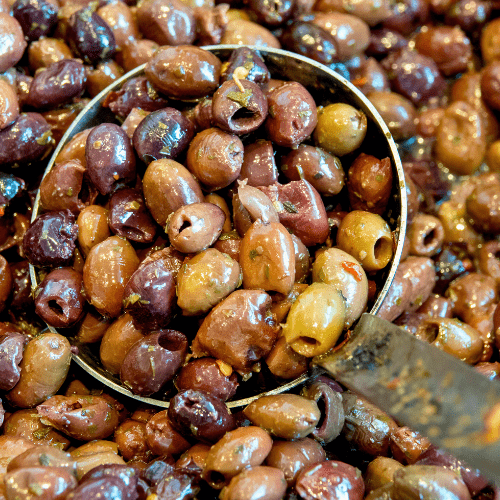Position:
Full sun. At least 8 hours a day. They do not enjoy humidity and grow best in regions with hot, dry summers and mild but cool winters.
To bear fruit, they need a two-month dormancy period of cool weather. The Leccino olive tolerates cold better than most olive cultivars.
Size:
Olive trees can grow up to 6 metres in height. The Leccino Olive grows more like a tree than a bush and has a dense canopy.
Soil Type:
Dry, clayey, slightly acidic soil (pH 5.5 – 6.0) is ideal for olive trees. An excellent organic compost mix to enrich the soil is necessary. Well-draining soil is essential for olive trees.
Mulch:
All fruit trees thrive if they are protected with good-quality mulch. Generous servings of pine bark mulch and green pine needles spread around the trunk of the tree help eradicate weeds, bring the pH down slightly, and protect the roots from the harsh UV sun rays. Mulch also helps to keep the roots damp. But, be careful not to apply mulch too close to the tree trunk, as the water it retains can cause the trunk to rot.
Watering:
Water regularly, especially during the growing season, as this will improve flowering and fruit development.
Fertilising:
Use a well-balanced fertiliser with at least a 10% nitrogen content. Our all plant slow-release fertiliser is ideal 18.9.10 + 2mgO+Trace Elements) A complete balanced fertiliser. Apply 1 tspn every 4-5 months.
Pruning:
Olive trees produce fruit on the previous year’s branches. Obviously, dead and dried branches need to be cut away. Prune lightly to open the canopy.
Harvesting:
If harvested before the fruit is ripe, it produces an excellent quality extra virgin olive oil with a delicate, sweet, fruity flavour.
Pests & Diseases:
The Leccino olive tree is immune to the most common diseases.






